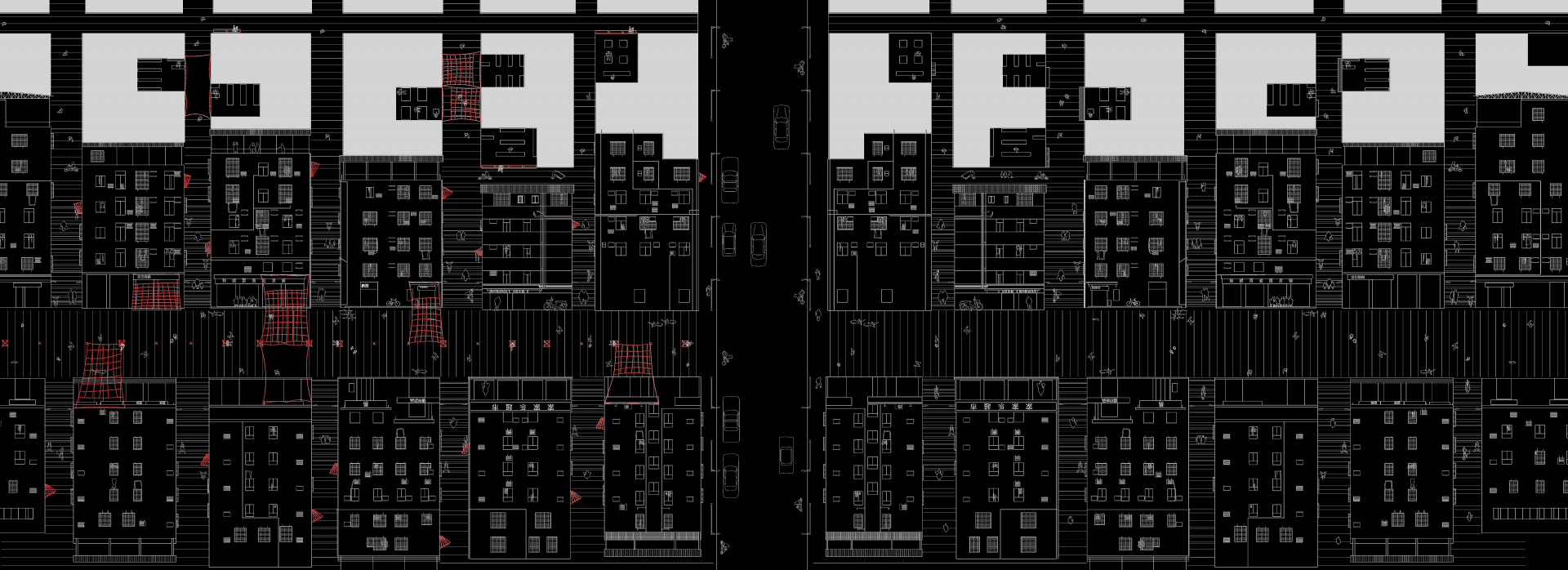Image

LANTING ZHONG
INDIVIDUALITY
Millions coming to Shenzhen, China will first live within urban villages: self-generated dense dwelling conditions within the urban context. These urban villages offer an inexpensive first-stop home to newcomers arriving in the city. With the government unable to reclaim the land from the villages where people have lived long before the establishment of Shenzhen, the villages evolved within the city into urban villages. As the land prices fly rocket high and demand increased for low-cost housing, villagers started to build higher, scrambling for every inch of available space. Despite appearing chaotic and disorderly, life thrives within.
Rather than bulldozing urban villages to build new, as the trend for more than a decade, why don’t we accept urban village life as it is to renovate and keep its vitality? What should be the designer's role in such a bottom up urban condition which doesn't need an architect to happen? How can easy installed urban interventions provide people with more comfort, convenience, and even fun?
Upon my personal field research within Futian village - one of the urban villages in the city center in Shenzhen, this thesis focuses on small scale urban interventions based on the existing lifestyle. Adaptable interventions are integrated within four spatial interfaces - storefront, store corner, protective window and under-utilized roofs for store owners, tenants, villagers, who take the initiative to decide how they would utilize the design based on their own needs. The intervention changes with needs, varies with people, grows with time. Thus, the rich and vibrant life in the urban village will continue undisturbed but enhanced.
RISD Grad Show 2020: Interior Architecture
-
MA in Adaptive Reuse
-
MDes in Adaptive Reuse
-
MDes in Exhibition and Narrative Environments
-
Shreya Anand
-
Ankit Mandawewala
-
Yiren Mao
-
Nameera Najib
-
Rashmi Ravishankar
-
Xiaojie Li
-
Qianyu Liu
-
Mary Park
-
Wanyue Qiao
-
Ziyang Qiu
-
Kimia Rahnavardi
-
Kuromi Ren
-
Maria Carla Victoria Sebastian
-
Qing Shi
-
Raquel Swartz
-
Linxi Wang
-
Zixu Wang
-
Ziyu Wei
-
Ruohong Wu
-
Lanting Zhong
-
Xiao Fang
-
Jiaai He
-
Mary Iorio
-
Fan Jia
-
Yuan Jin
-
Yiran Mu
-
Siyu Shuai
-
Tianyang Wu